Gerbils will chew on anything – even though they will sometimes get their hands on things (well, their teeth on things) that are not on the ‘safe’ list: and many a curtain will attest to that…
Gerbils have the habit of clearing things out of the way so that they have a quick safe route straight to their underground den in an emergency – like they would in nature. So anything that is in their tank – or just outside of it – is fair game.
They don’t care what it is. It is in the way – and they want it out of the way.
So, what can you put in the tank that they can chew on for pleasure but that is safe for them? Well, it depends on a whole host of things.
Free Stuff For Chewing!
There are plenty of free things that gerbils can chew on safely – and they range from cardboard to bits of tree. Many of these can be found in plentiful amounts in your home – from a friend or in the countryside.
The things to remember are that these things should be clean, safe and chemical free – and if you aren’t 100% sure that they are – then just don’t give them.
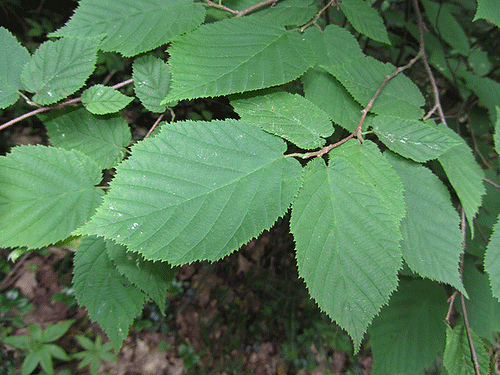
Safe wood includes Apple, Pear, Grape, Hazel, Ash, Sycamore, Willow and Hawthorn. All commonly found trees in gardens or on country walks.
Make sure the tree was growing in a clean location and isn’t covered in moss, lichens, cobwebs, holes or climbing plants like Ivy – and that it isn’t near to, or part of, a commercial farm – as there may be chemical sprayed on it.
Many people like to bake their wood to make sure there is nothing still living in it, but you don’t have to.
Unidentifiable wood is not safe for the very reason that it is unidentifiable – even if sold for other animals (especially if they aren’t rodents). Never give anything to your gerbils to chew that you can’t identify – just like you would never eat a wild plant yourself if you didn’t know what it was.
Also, don’t risk giving your gerbils driftwood – no matter how pretty it looks.
Driftwood by definition has been floating in the sea for ages – and as a result of the action of the sea – you won’t be able to identify it. Even if it is for sale in a pet store – you still don’t know what it is and whether it is safe – also – you don’t know what chemicals have leeched into it over time – which are certainly going to be things that you can’t bake out.

Also remember – ‘natural’ isn’t the same as ‘safe’. Lead and arsenic are both natural – but they are not in any way safe.
Cardboard and other things are the mainstay of gerbil chewing – and you should sign up your friends to supply you with this. These should really be clean, dry and empty. Avoid using boxes that have a strong odour, tea leaves or other herbs still in them, those which have contained medications, chemicals or salts or anything that you wouldn’t put in your own mouth.
Also avoid cardboard etc, found in bins or mixed waste storage or those that have been used extensively like outer cases and delivery boxes – just because you don’t know where they have been or what has happened to them before now.
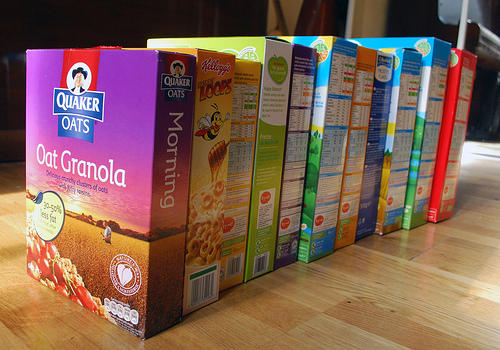
Many people avoid cardboard specifically made for storing in the freezer as it contains a coating or two to stop it falling apart when it gets wet. These containers also often contain only part-cooked meats and can have been in deep freeze for many months – so better safe than sorry.
Similarly, pulpy packaging and thick cups used to hold liquids will have the same waterproofing materials and could contain plastics or metals to do this.
Small Animal Toys and Accessories:
Most wooden or plant-based toys, tunnels and houses in the small animal section of a pet store are safe for gerbils to chew on – it is just a matter of time. What is your pleasure-to-cost ratio setting for your gerbils?
Kiln-dried pine is commonly used for houses; fruit woods and hazel are used for bendy bridges and other hanging toys; also woven hay, grasses and corn fibres are used to make or coat tunnels and things. Sometimes they are in pieces and are threaded onto or suspended from metal (longest-living) or threaded tape (will last a few days tops).
Watch out for non-gerbil safety features though as they munch their way through these. Some solid houses are nailed together – and these nails become exposed with chewing (be ready to remove these with pliers as you see them); bendy bridges and other such treats will have twisted metal ends when chewed (see below) and many plant-based tunnels have cloth-like materials on them with hard-to-chew threads – the fibres of which can get caught around heads and legs. It’s just good to keep an eye on anything when you first use it to find out its quirks.
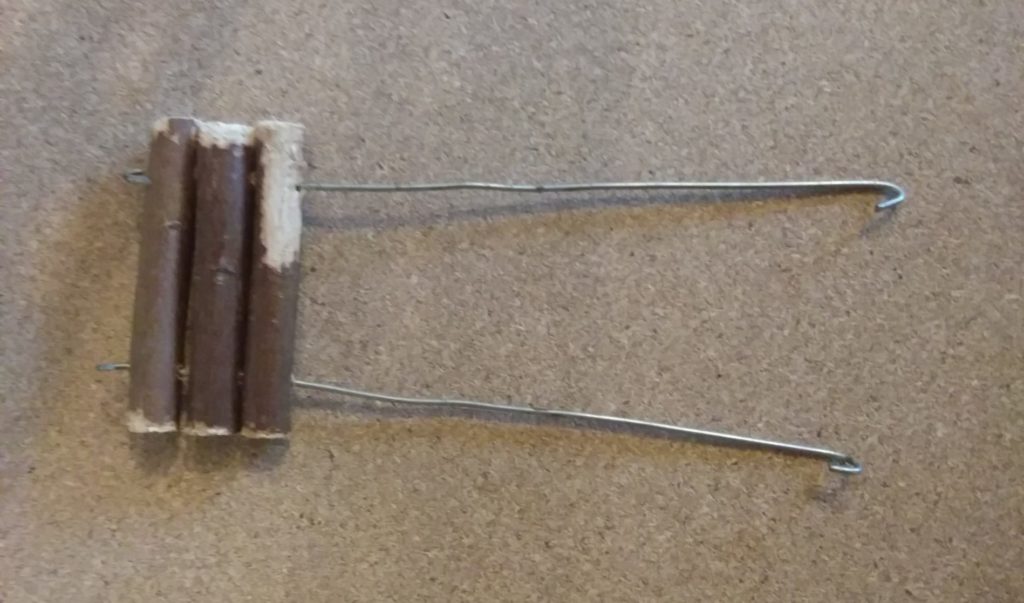
Domestic Bird & Parrot Accessories for Gerbils?
Many cockatiel and parrot toys and treats are great for gerbils too – especially the hanging coconut shells and wooden lumps as well as rope and leather toys.
Just remember to be careful with plastic and cloth versions; ones containing dried peppers; and those brightly coloured ones where the dye comes off when wet. Simple budgie nest boxes are also safe – just no mirrors and bells!
Gerbil-Safe Wild Bird Accessories and Nest Boxes?
However, many wild bird treats, accessories and nest boxes aren’t suitable at all. This is for a variety of reasons including the fact that they need to be weatherproof; are sold to look pretty to humans; and, the fact that wild birds don’t eat or chew them.
All these things usually point to nasty chemicals and preservatives having been used. Best steer clear.
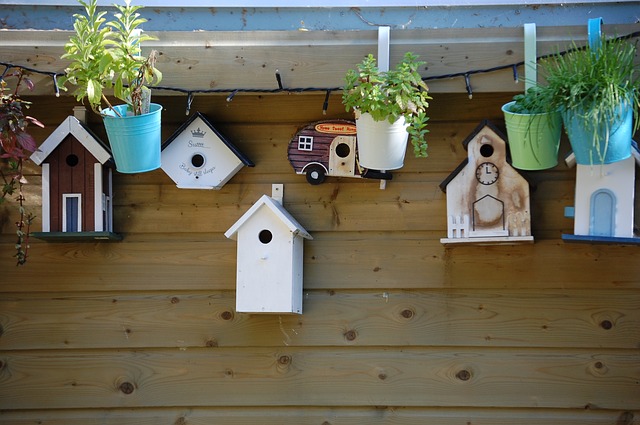
Reptile Accessories and Huts:
Most reptile and exotic accessories are solid resin or plastic (for easy cleaning) and either lightweight or super heavy (for safety) so aren’t really chew-worthy.
Most of those which are technically chewable are not safe for gerbils (like the driftwood and other unidentifiable plants and woods) but there are two that are safe for chewing – the cork (but it won’t last long and is sometimes rather unsavoury inside?) and the half log tunnels with the bark on (which will last ages).
It is a light wood and found in many small animal structures (by Trixie and Pet Ting) and can help make great underground caverns.
Are Home Decor and Garden Products safe for gerbils?
For the same reason as the wild bird accessories – these are not normally deemed safe for gerbils to chew on.

They have been made to look pretty for humans whilst also being made of, and covered by, whatever looks good or is invisible – not what is safe for small animals to chew on. It isn’t in their remit.
You may be able to find what look like ‘natural’ wooden things – but you have no way of knowing.
A lot of wood and wood-like materials are actually glued together segments of stuff that was left over after the real wood was used for something else – so do be careful.
Is there anything gerbils can’t destroy?
Well, the only things that last in a tank are solid ceramic and glass items.
People use these to hold the dust or sand bath and of course as food dishes. You can also get ceramic houses and tunnels from many places that once cleaned and checked for sharp edges (usually inside and just part of the production process) they are good to go.
Many people also use the red ceramic flower pots as a summer hidey hole that can be chilled in the fridge during hot weather to help cool down your little family – or just ceramic tiles for them to lay on.
These a can be heavy though – so do be careful as to where you locate them in the tank so they can’t be dug out underneath and made unstable.
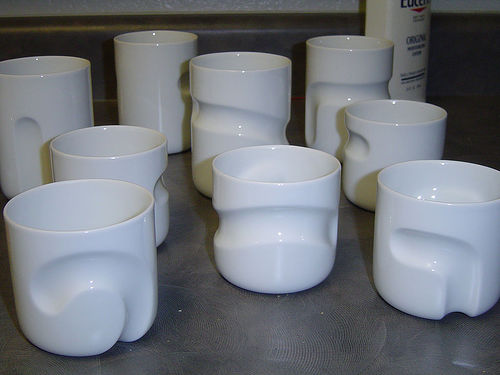

Would the leather be okay to give them, like an old leather belt?
Hi – and what an interesting question.
Well, gerbils can certainly be given leather as it is in many parrot dangly toys that are often given to gerbils – however we wouldn’t know if a human belt would have been treated in a different way to a product sourced for pets? Often, two products can look like the same thing, but one had undergone a totally different process to the other.
So, unless you brought a totally untreated piece of leather from a leather shop that you can ask about – we would have concerns that a ‘fashion’ belt could have had goodness knows what done to it to make it look, well, fashionable?
Gerbils don’t normally swallow what they chew up though, so it would just be whether you felt that it was chemical free enough for your own peace of mind. We certainly couldn’t recommend it, because we always err on the side of caution when our pets are involved – and we can’t know enough about your belt.
Anyway, hope that helps you decide for yourself.